![]() Dec 19 2022
Dec 19 2022
![]()
In March, the United Nations passed a landmark resolution to end plastic pollution by 2024. As soon as the news came out, A-share degradable plastic concept stocks exploded.
Prior to this, countries have successively introduced relevant plastic ban and plastic restriction policies. According to statistics from the International Energy Agency (IEA), in the past five years, more than 60 countries have implemented bans or taxes on disposable plastics, and major economies such as the European Union, the United States, and China have upgraded their "plastic restrictions" to " plastic ban".
Under the plastic ban order, the catering takeaway industry bears the brunt. McDonald's, Starbucks, Heytea, etc. have previously stated that they will no longer provide disposable plastic straws, which has heated up the green and environmentally friendly tableware market.
Compared with degradable plastics, pulp molding costs less and degrades more thoroughly, and it is also one of the substitutes for traditional plastic products. Pulp molding is usually made of recycled waste paper/cardboard or virgin bamboo residue, bagasse and other fibrous materials through mold molding.
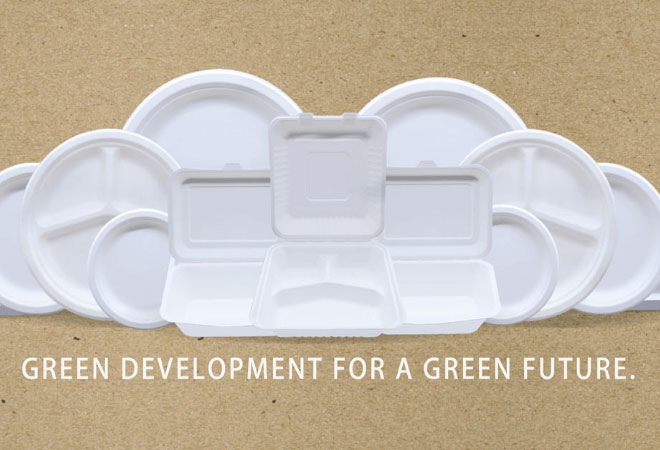
Bagasse packaging has been researched and explored for many years. At present, there is a mature technology to use bagasse as a substitute for wood to produce base paper. Bagasse pulping and papermaking technology and equipment have developed rapidly. To a certain extent, the investment is less and the technology is more mature. . This enables pulp molded packaging to be produced at lower cost.
Bagasse packaging is made by plant fiber molding process. The powder of agricultural and forestry waste such as straw, rice husk, bagasse, bamboo, etc. In the forming machine, the fibers are evenly distributed on the surface of the mold by vacuum or pressure, so as to make a wet paper mold base, and then further dehydrated and demoulded to form a disposable degradable lunch box. The lunch box and tableware made of sugarcane pulp are not suitable Containing plastic, water-resistant, oil-resistant, impermeable, no waste water is generated during the production process, degradable and odorless. Abandoned sugar cane boxes can be completely degraded in the soil in only 6 months.
PRODUCT CATEGORIES
![]() You May Also Like
You May Also Like
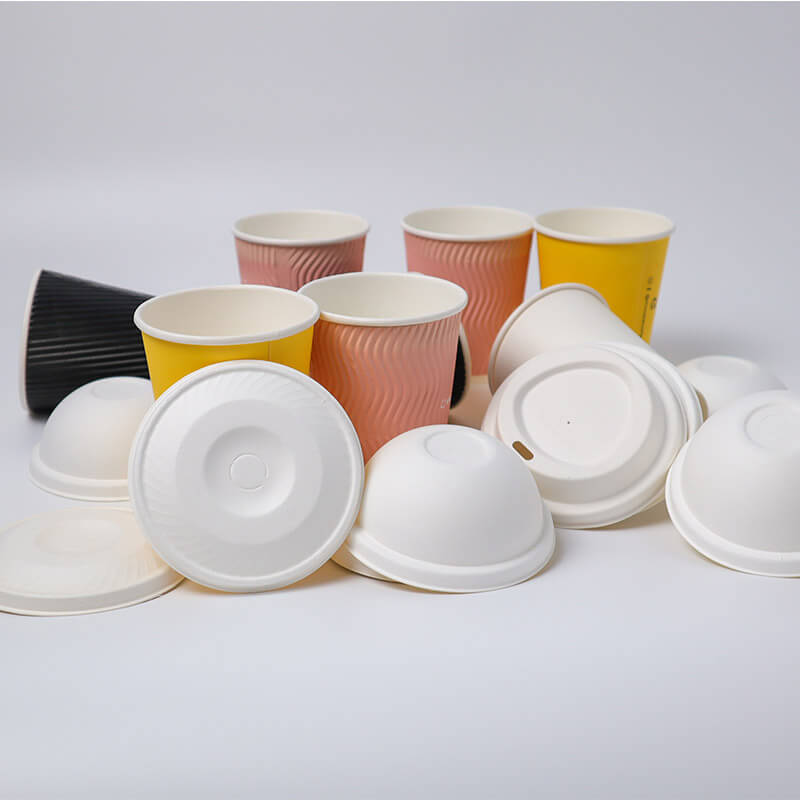
Custom Biodegradable Bagasse Pulp Cuplids, Coffee Paper Cup And Lids
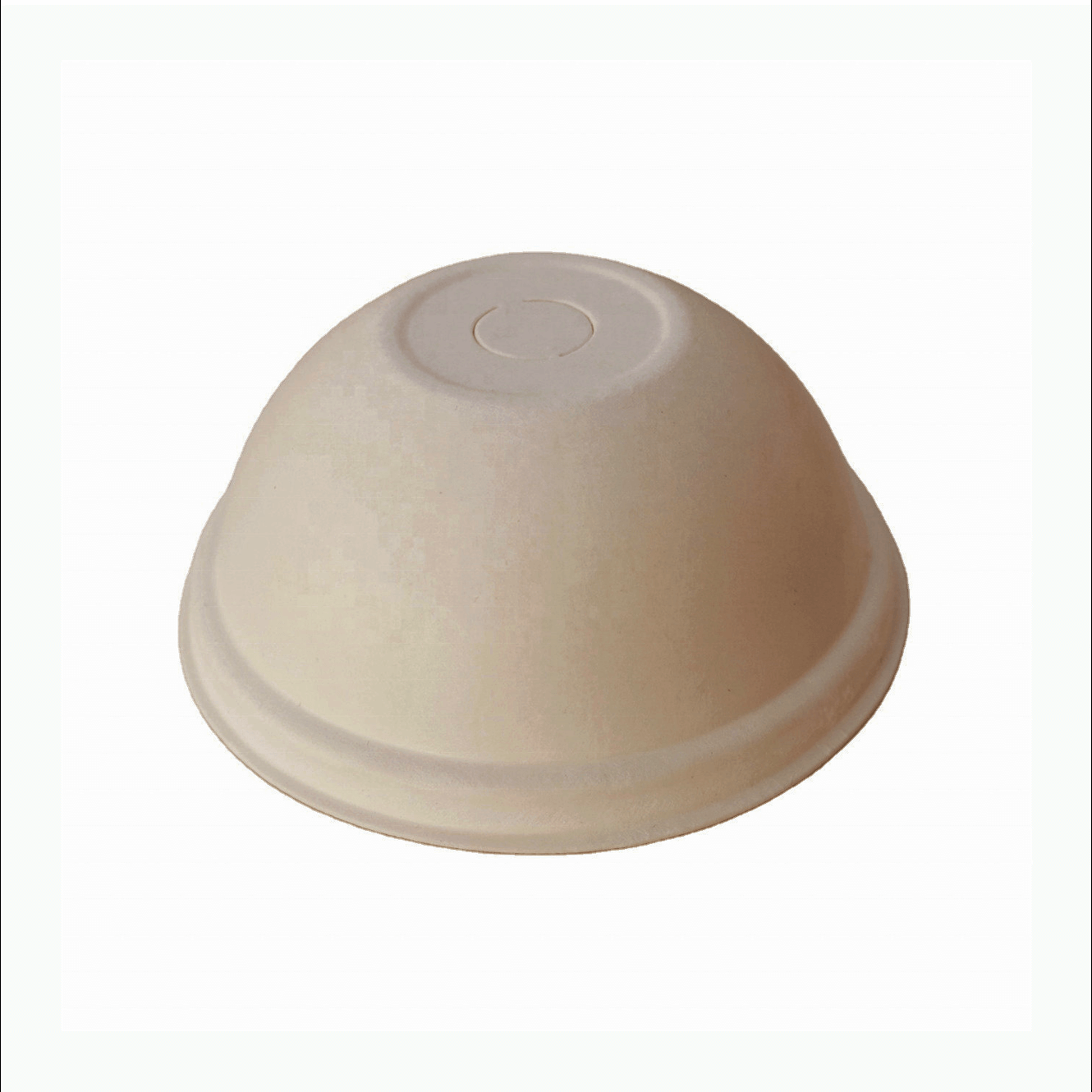
80mm Bagasse paper lid, dome shape, natural brown
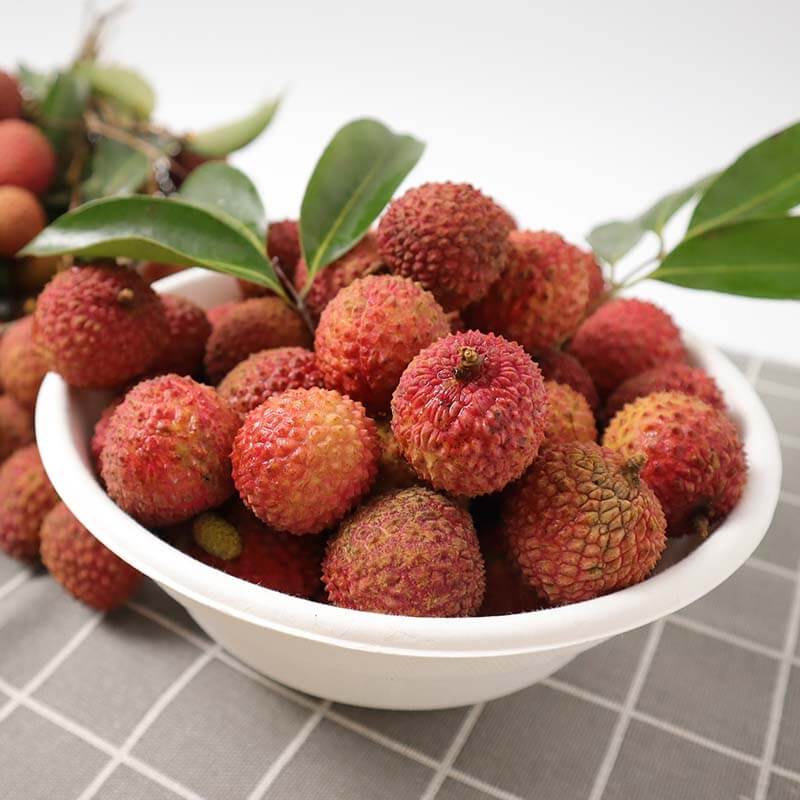
Wholesale Biodegradable Disposable Bagasse Salad Rice Fruit Bowl

7 x 5 inch Rectangle bagasse clamshell, white
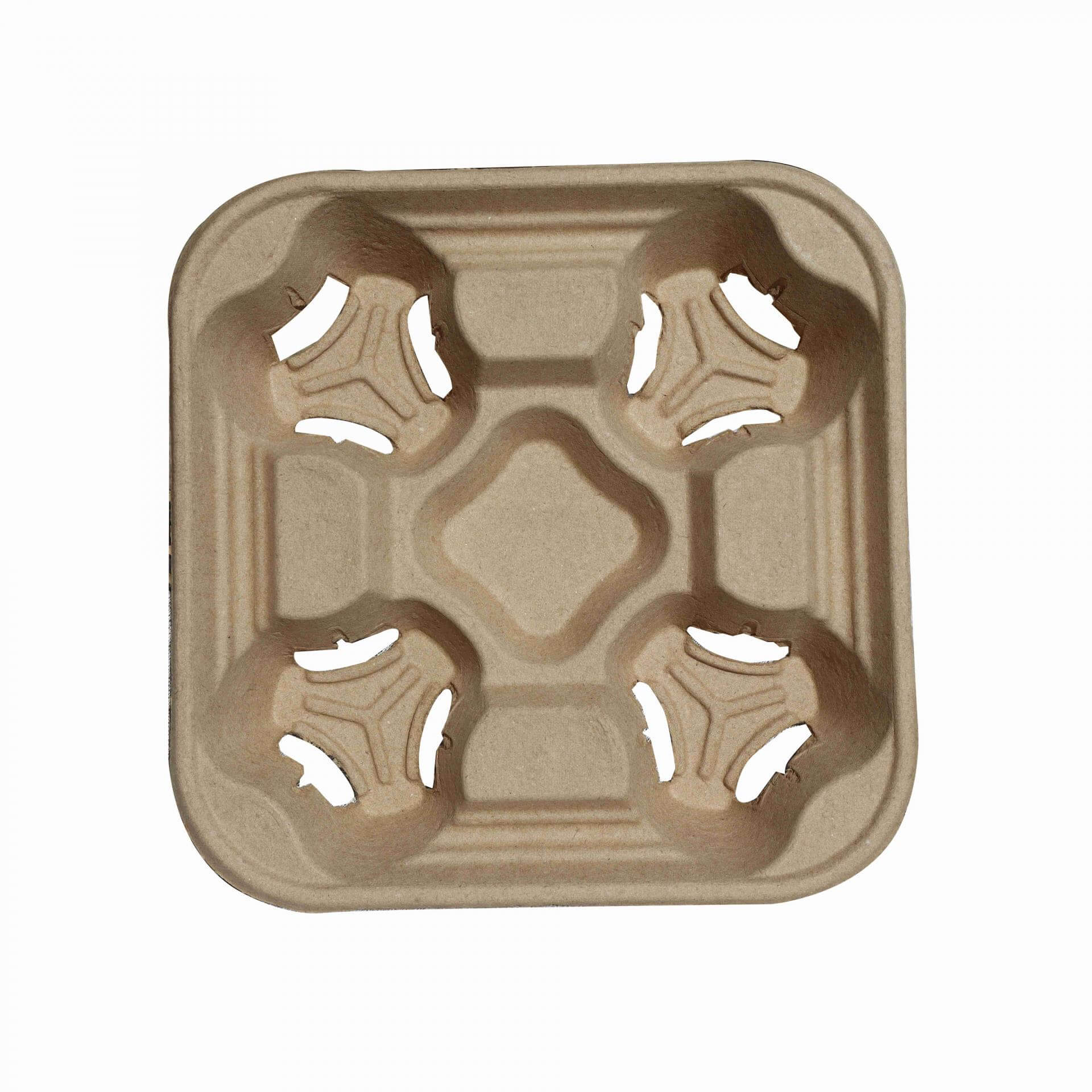
Corrugated pulp disposable 4 cup holder tray takeaway carrier

90mm natural brown sugarcane pulp sip lid, round design
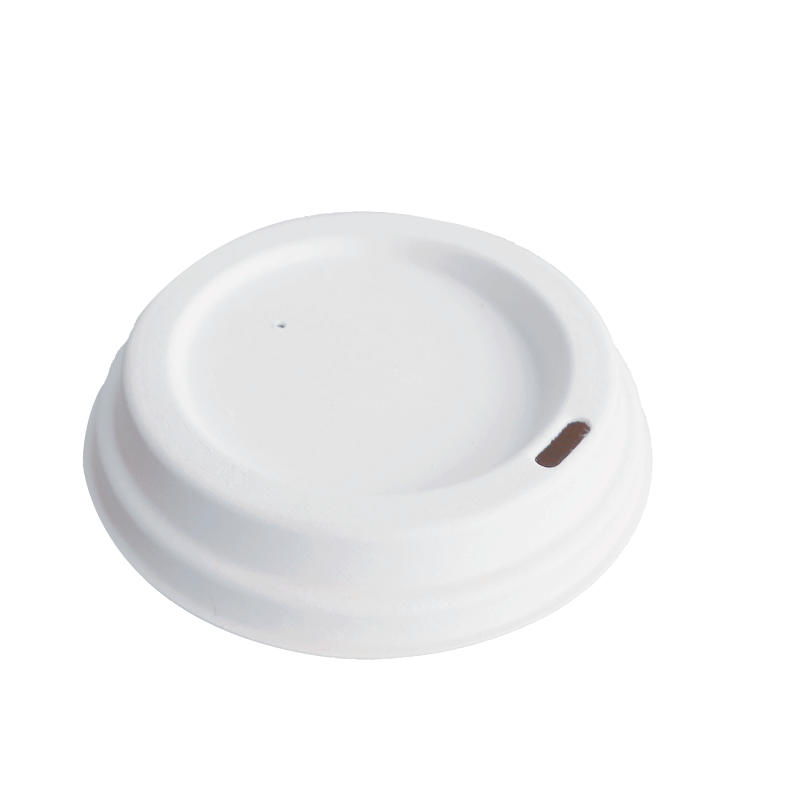
90mm White sugarcane pulp sip lid, round design
